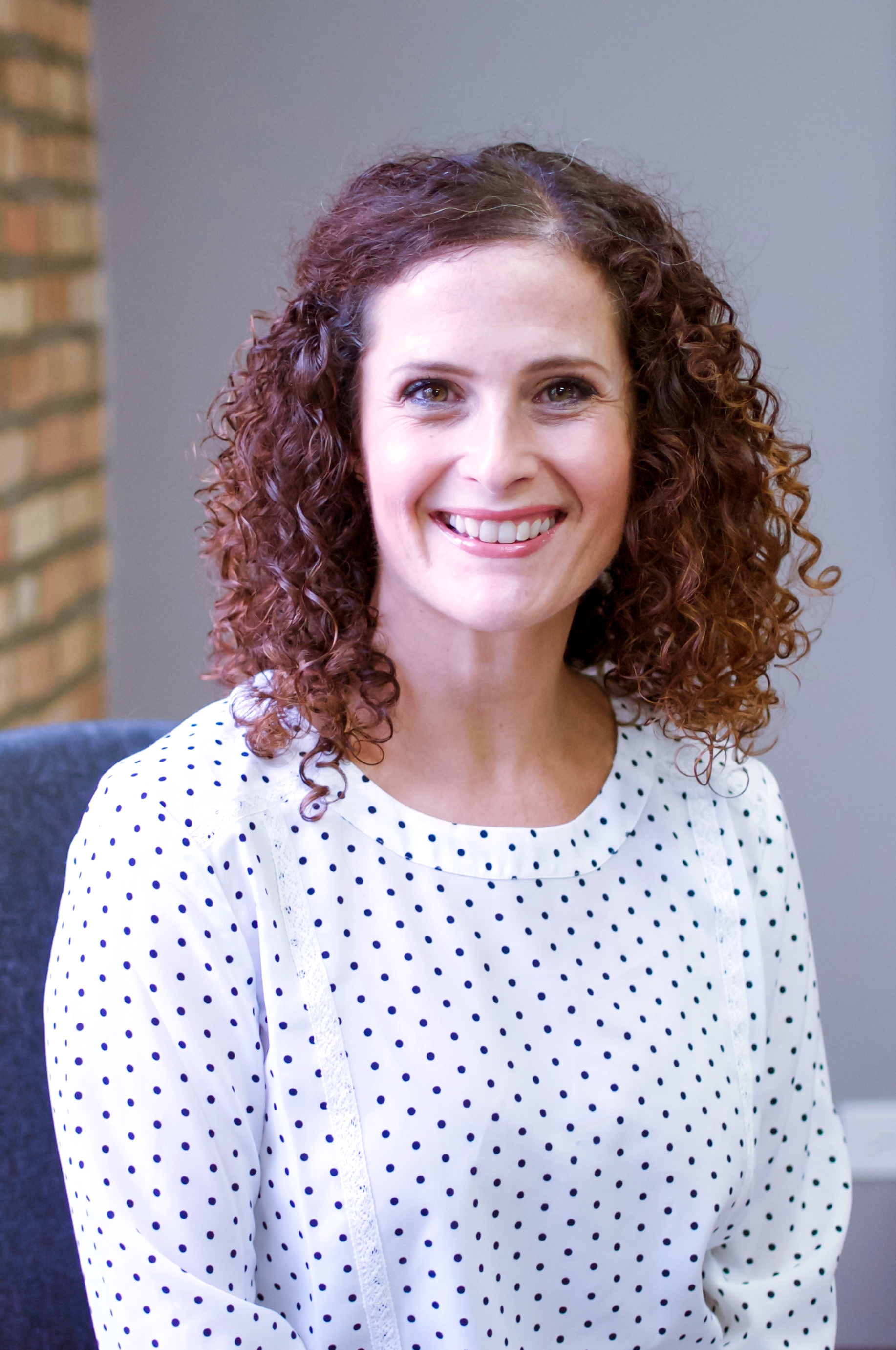Hiring Talent to Reimagine School when the Future Is Unknown
Topics

When educators design and create new schools, and live next gen learning themselves, they take the lead in growing next gen learning across the nation. Other educators don’t simply follow and adopt; next gen learning depends on personal and community agency—the will to own the change, fueled by the desire to learn from and with others. Networks and policy play important roles in enabling grassroots approaches to change.
Advice for hiring new school staff virtually, taking advantage of new opportunities and doubling down on what's most important.
As phrases like unprecedented, subject to change, and navigating the unknown continue to fill our inboxes and newsfeeds, there are any number of ways to respond to the pandemic. Educators continue to address and solve unforeseen challenges as a result of the pandemic, but the next big challenge involves planning for a future that is difficult to imagine. Will we return to school in the fall with strict social distancing measures in place? Will families feel safe leaving their children in our care? How do we ensure our students, families, and staff continue to receive social-emotional support? As we continue to grapple with the unknown, we must also ensure that the best teachers and leaders are in place—those capable of reimagining school—who can adapt and thrive in this new landscape, and help students to do the same. Distinctive Schools (DS) leaders are taking time to reflect, pivot, and redesign our thinking and processes around hiring.
Hiring teams are working diligently to continue to ensure a robust hiring process; however, just as with teachers, their work structures and protocols have had to evolve. This shift has been both challenging and affirming for DS. The team has engaged in creative problem-solving every step of the way, but they are also finding that the shifts have shed light on undiscovered opportunities. Whitney Rosetti, the director of human resources and Sami Baugh, the director of talent acquisition, are leading Distinctive Schools’ efforts. In reflecting on their work, they point to three key factors that have optimized the transition to a virtual hiring experience.
Build on Existing Structures
Which structures can you leverage to support the transition to a virtual hiring experience? Elements of an online hiring experience have always been part of DS’ vision; email serves as the primary mode of communication with new hires, the onboarding experience is paperless, and all staff members access their benefits and enrollment package through a digital Human Resources Information System. In order to move to a completely virtual experience, communication with new hires has moved beyond email to include phone calls, text messages, and video chats. In the absence of in-person contact, Whitney and Sami find that more frequent check-ins and consistent communications help to establish a positive relationship. “When you don’t actually meet the interviewing team in person, you start to wonder if they will remember you, or if you are just one of a long list of candidates,” says Sami. “Phone calls reassure the candidate that you haven’t forgotten about them. Sometimes, I have a specific reason for reaching out, and sometimes it is just to check-in to give a status update and to answer any questions they have.” The HR & Talent team agrees that these informal lines of communication have had a positive impact on the hiring experience.
COVID-19 forced a redesign of the existing hiring protocol. Typically, the first interview is a phone screen; candidates who move on would then participate in a face-to-face interview with a campus team. Since in-person interviews are no longer an option, the team has moved to a completely virtual hiring experience. In doing so, the team has designed the experience in alignment with Distinctive’s commitment to cultivating a positive climate and culture. When school leaders interview a candidate, they typically invite key staff members, such as the instructional coach and classroom teacher, to join the conversation. The team uses Zoom breakout sessions to give the candidate the opportunity to meet with their prospective colleagues in smaller groups and to get to know more about them and the school. Doing so helps ease any anxiety the candidate may be feeling, and allows them to begin to establish the personal connections that are so foundational to the school’s success.
Perhaps the greatest source of pride for both Sami and Whitney is the degree to which they have been able to continue to focus on ensuring an equitable hiring process. Over the past three years, Distinctive Schools has made equity a priority across all levels of the organization. To strengthen equity in our hiring process, the team has worked with outside consultants to analyze the organization’s existing hiring process, revamped the application process and the language of the questions asked, and explored additional university partnerships. Sami believes that the shift to a virtual environment is actually strengthening their equity efforts. “Our recruiting practices are no longer confined to the city of Chicago, or to specific universities with whom we already have an existing partnership,” she says. “While the local connections will always be key to our model, the virtual environment is giving us an amazing opportunity—to strengthen partnerships with historically black colleges and universities to bring us closer to our goal of a more diverse teaching staff. It has been an unexpected and positive result of the shift.” Whitney agrees, “We’ve always wanted to bring in candidates from other states and regions, but doing so comes with a financial cost. [Virtually] we are connecting with candidates of diverse backgrounds and experiences, which has been a key goal of our work over the past three years.”
Reframe Gaps as Opportunities
The shift to virtual hiring revealed structural gaps that had to be addressed. Rather than trying to replicate existing protocols, Whitney and Sami chose to view these gaps as opportunities to strengthen the hiring process. For example, they realized that school leaders needed an “interview toolkit” that would give them immediate access to key interview resources, such as an outline of the performance task and a question bank. “The toolkit provides a centralized resource bank for all of our campuses to have the materials they need to ensure a strong and efficient hiring system,” Sami explains. “School leaders still have the autonomy to choose the resources they need and to modify the approach for their specific campus, but the toolkit ensures consistency and shared standards across the network.”
“It is important that candidates see not only who they will be working for, but who they will potentially be working with.”
–Sami Baugh
Another gap that the transition to a virtual hiring experience has exposed is the importance of having a diverse hiring team. Candidates are not able to visit classrooms, tour the school, or meet staff and students. As a result, their initial perception of the school is limited only to the person conducting the interview. In order to address this reality, schools have been encouraged to diversify their hiring teams. Potential candidates now virtually connect with a wide range of campus leaders; in many cases, classroom teachers join the conversation to help the candidate get a better sense of the climate and culture of the school. “It is important that candidates see not only who they will be working for, but who they will potentially be working with,” says Sami.
Practice Empathy
Over the past few months, Whitney and Sami have come to realize that the key ingredient in a successful and positive hiring experience is to practice empathy. Interviewing for a new role is a daunting process defined by both uncertainty and cautious optimism. The anxiety a candidate feels is heightened in a virtual environment; they cannot read body language, and connecting emotionally is limited. This reality is compounded in a time of crisis, and while so much about what teaching and learning will look like in the fall remains unknown, it is important that the hiring team keep this in mind.
“In times of crisis, it is easy to revert to old habits and what feels comfortable. But going back to paper-pencil applications is not an option. Our job is to meet people where they are and provide the support they need.”
–Whitney Rosetti
Empathy and connection are integral to their approach, as they are often the first point of contact for the organization. “Candidates come into this process with different levels of proficiency when it comes to technology,” says Whitney. “A candidate with limited experience may feel overwhelmed or worry that this may be seen as a deficiency. We have to be mindful not to ostracize them from the beginning, and find creative ways to keep them engaged.” DS has found that providing brief video tutorials, condensing the online application process, and increasing the frequency of contact with potential candidates have helped address their anxiety and concerns.
School leaders may also experience anxiety as they are forced to adapt to a new hiring environment. Even effective and experienced leaders may want to stick to more traditional approaches, especially if these strategies have proven effective. The transition to virtual hiring means that leaders have to pivot and do so quickly. Sami and Whitney intentionally planned for and developed systems to support school leaders. They provided training to the school leader on how to create efficiencies in scheduling interviews and developed tools in the hiring platform to easily connect with candidates and prepare them for the interview. “In times of crisis, it is easy to revert to old habits and what feels comfortable,” says Whitney. “But going back to paper-pencil applications is not an option. Our job is to meet people where they are and provide the support they need. Mistakes are okay. No one has all the answers right now, so we need each other more than ever.”
Photo at top of Whitney Rosetti and Sami Baugh in a virtual meeting, courtesy of Distinctive Schools.




